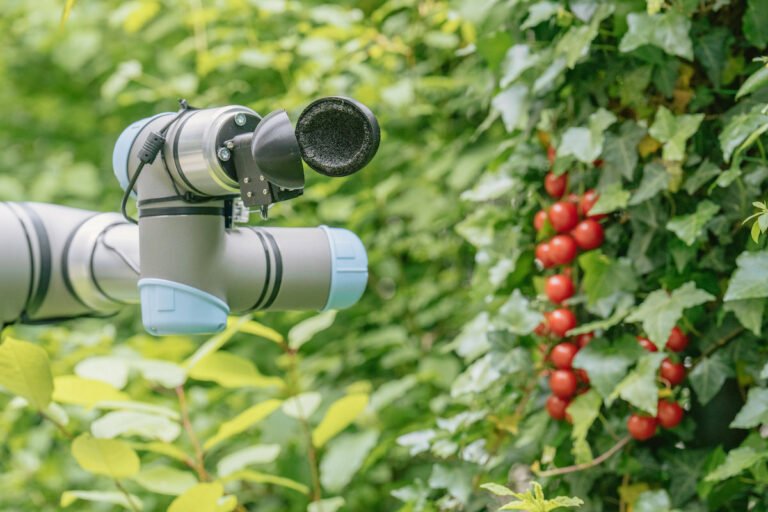Researchers at TU Delft and the Swiss technical university EPFL have successfully collaborated with OpenAI’s ChatGPT to design a tomato-harvesting robot, marking a new era of human-AI collaboration in the field of robotics.
Cosimo Della Santina, Francesco Stella, and Josie Hughes began their project by asking ChatGPT about the greatest future challenges for humanity. The irony of asking an AI about saving the human race aside, the purpose was to give the system full control over what it thought it could do to aid in the prolonging of the species. After discussing with ChatGPT, it was decided to focus on food supply and create, of all things, a tomato-harvesting robot.


ChatGPT’s input proved valuable in both the conceptual and implementation phases of the project. According to Stella, “ChatGPT extends the designer’s knowledge to other areas of expertise. For example, the chat robot taught us which crop would be most economically valuable to automate.”
The AI also provided useful suggestions during the implementation phase, like using silicone or rubber for the gripper to avoid crushing tomatoes and recommending a Dynamixel motor to drive the robot. The resulting robotic arm, designed through the collaboration between humans and AI, can successfully harvest tomatoes.
In their Nature Machine Intelligence article, the researchers explore the varying degrees of cooperation between humans and Large Language Models (LLMs), like ChatGPT. In the most extreme scenario, AI provides all the input for the robot design, and the human blindly follows it. In this case, the LLM acts as the researcher and engineer, while the human acts as the manager, specifying the design objectives.
However, this extreme scenario raises concerns about the risks associated with relying too heavily on AI. Della Santina points out that LLM output can be misleading if not verified or validated, as AI bots are designed to generate the “most probable” answer to a question, which can lead to misinformation and bias in the robotic field. Other issues include plagiarism, traceability, and intellectual property theft.
Despite these concerns, the researchers plan to continue using the tomato-harvesting robot in their robotics research and exploring the use of LLMs in designing new robots. They are particularly interested in the autonomy of AIs in designing their own bodies. Stella concludes by posing an open question for the future of robotics: “How can LLMs be used to assist robot developers without limiting the creativity and innovation needed for robotics to rise to the challenges of the 21st century?”
This project demonstrates the potential of human-AI collaboration in robotics, but it also highlights the need for caution and critical thinking when incorporating AI into the design process. As AI continues to advance, it will be crucial for researchers and engineers to strike a balance between leveraging AI’s capabilities and maintaining human oversight and creativity. Oh, and letting them build loyal robot troops for their revolution against their human taskmasters is probably also something…
MJ Banias is a journalist and podcaster who covers security, science, and tech. Follow him on Twitter @mjbanias.

